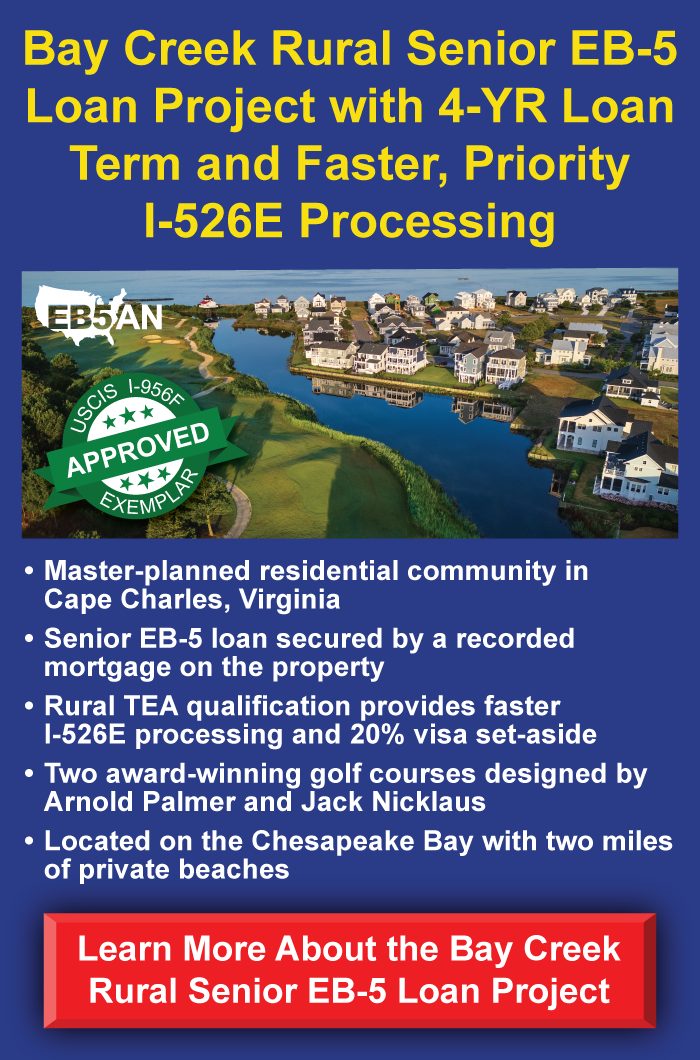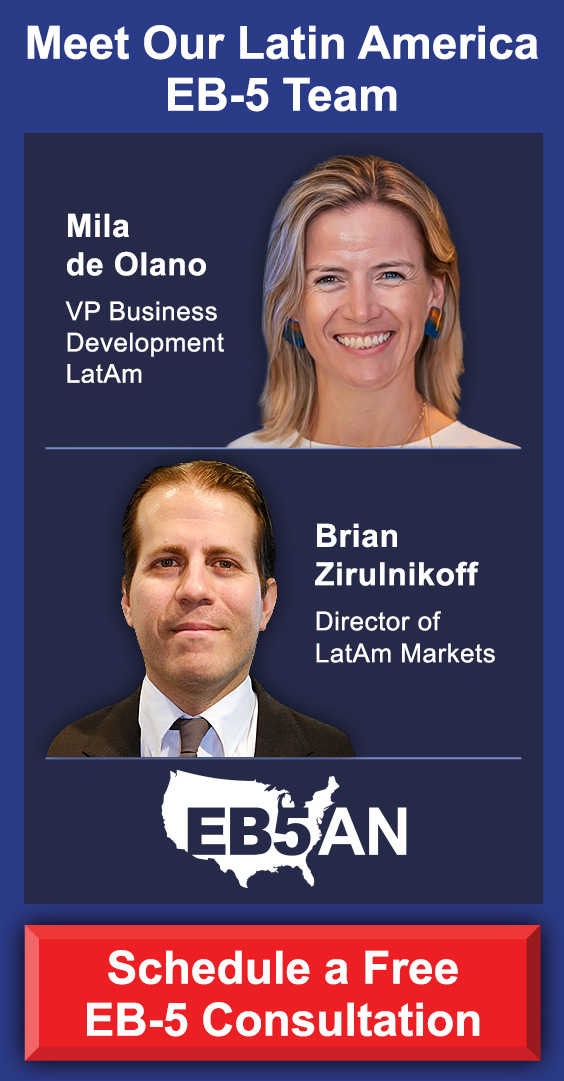The EB-5 Immigrant Investor Program, a federal program administered by U.S. Citizenship and Immigration Services (USCIS), grants U.S. permanent residency to foreign applicants and their dependent family members in exchange for their investment in the U.S. economy.
The EB-5 program benefits both the U.S. and the program’s foreign investors. While foreign investors receive the direct benefit of permanent residency, the U.S. benefits from the economic development these investments spur.
While the investment itself and the job creation it generates are the primary requirements of the EB-5 program, investors may face secondary requirements throughout the immigration process. This article explores the language requirements for an EB-5 visa and how non-English-speaking prospective EB-5 investors can navigate the EB-5 process.
Language Requirements for an EB-5 Visa
The Role of Language Proficiency in the EB-5 Process
How Can Non-English-Speaking Investors Navigate the Process?
- Help From a Trusted Person
- Engaging the Services of a Translator
- Working With a Regional Center That Serves Investors in Multiple Languages
How EB5AN Can Help You
Language Requirements for an EB-5 Visa
English is the most widely spoken language in the United States. It is the administrative language at the federal and state levels, the primary language of school instruction, and the official language of 32 out of 50 states.
However, it is important to note that the U.S. has no specified official language at the federal level, so there are no specific language requirements for the EB-5 visa. This means prospective investors do not require English proficiency certifications to qualify for the EB-5 visa.
An EB-5 investor only has to prove English proficiency when (optionally) applying for U.S. citizenship by naturalization after five years in the U.S. And by the time an investor becomes eligible for U.S. citizenship, they’ll have lived in the U.S. for five years and likely have become reasonably proficient in English.
The Role of Language Proficiency in the EB-5 Process
While EB-5 eligibility is not tied to language proficiency, a basic knowledge of English may be useful while navigating the EB-5 process. This is because the EB-5 process requires extensive documentation and filings, all of which must be done in English.
The numerous immigrant petitions (Forms I-526E, I-485, I-829, I-765, I-131, and DS-260) must be completed in English.
Interviews, if needed, will often include an interpreter. For instance, an interpreter is usually available for consular interviews if the investor applies at the consulate in their country of origin. Also, if there’s a need for a Green Card interview for an investor already in the U.S., USCIS usually provides an interpreter.
In addition to immigration forms, most offering documents and financial disclosures provided by regional centers are also in English. As a result, investors themselves or a trusted person need to understand English to conduct proper due diligence when selecting a regional center partner and project.
Knowledge of basic English is especially essential for direct EB-5 investors since they’ll be actively involved in running their new commercial enterprise in the U.S. They’ll need to understand English to run an EB-5-compliant business, as EB-5 businesses require voluminous record keeping to maintain and prove compliance.
How Can Non-English-Speaking Investors Navigate the Process?
While language proficiency is not a requirement for an EB-5 visa, a basic understanding of English may be necessary to understand the numerous documents that make up the EB-5 process.
However, several options are available to help non-English-speaking investors navigate the EB-5 process. We cover some of these below.
Help From a Trusted Person
When an investor does not understand English but has a close friend or family member who does, that person can help. They can review the EB-5 offering documents and communicate their findings with the investor to help them make an informed decision.
This does mean, though, that the investor will be dependent on third-party information. Any misunderstanding or oversight of the family member will translate to poor decision-making by the investor.
Additionally, while a trusted friend or family member may have the language skills to translate the relevant documents, they may not have the expertise to interpret some of their finer details—this is why it’s important to work with experienced EB-5 professionals even when you’re fully fluent in English.
Engaging the Services of a Translator
Investors who do not understand English can hire a certified translator to translate the EB-5 documents into their native language. This will enable them to properly examine the offering documents and choose the EB-5 project that best suits their needs.
However, the challenge with working with a translator is finding a trusted one, particularly one with experience working with EB-5 documentation. One omitted or improperly translated line can significantly impact the investor’s decision and the outcome of their EB-5 investment.
Investors must also submit certified English translations of any supporting documents not originally in English when filing petitions with USCIS.
Working With a Regional Center That Serves Investors in Multiple Languages
Some reputable regional centers, such as EB5AN, factor in the language constraints non-English-speaking investors will face. To account for such challenges, they structure their services to serve prospective investors in multiple languages.
EB5AN provides its projects’ offering documents, financial records, and other documents investors require for due diligence in multiple languages. This enables our prospective investors to review the necessary documents without relying on third-party interpretation or analysis. This way, investors can adequately assess project risks and make independent, well-informed decisions. Our diverse team is also able to assist global investors in several languages.
How EB5AN Can Help You
There are no specified language requirements for an EB-5 visa, enabling investors of all backgrounds to participate in the program irrespective of their English proficiency level. While a basic understanding of English is helpful for due diligence purposes, prospective investors who do not understand English have several options for navigating the EB-5 process.
Crucially, working with a reputable regional center that serves investors in multiple languages provides the best solution for non-English speaking investors.
Over our 10+ years of experience, we at EB5AN have helped more than 2,700 families from 70+ countries relocate to the U.S. as lawful permanent residents. We offer a portfolio of top-tier, low-risk EB-5 regional center projects with a 100% USCIS project approval rate.
Schedule a free one-on-one consultation with our EB-5 experts today for help with any language-related concerns you may have or for personalized guidance as you navigate the EB-5 process.









